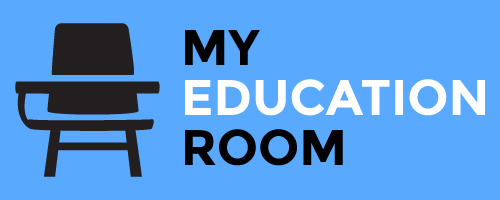How is velvet fabric woven
Qian Sifang wishes everyone a Merry Christmas in advance: “Warm blessings, and hope that your family will have more comfort, happiness, and hope during Christmas.”
Velvet is a kind of pile weaving, which accounts for a large part of the total consumption of decorative fabrics.
Velvet is a warp knitted fabric, which means that it has one set of weft yarns and two sets of warp yarns. The second set of warp yarns can be cut or uncut.
The double-layer cloth and wire mesh
method are two methods of creating pile fabric. In the double-layer fabric method, two fabrics are woven together, one on top of the other, and connected with another set of warp yarns.The method of crossing the threads involves placing the threads across the loom so that they intersect the cloth in some places to form piles. The pile is then cut with a blade located above the loom. Before removing the fabric from the loom, first, remove the wire. If you need an uncut pile, you can put a waste picker on the net and remove the fabric after it leaves the loom.
Velvet can be made from various types of fibers and blends. Cotton, rayon, and silk dominate high-end fabrics. Other fibers include mohair, flax, and synthetic fibers.
Pile deformation problem
Pile deformation is a negative phenomenon in which the natural crystal grain and consistency of pile fibers very unevenly.
Only under normal use or minimal use, certain velvets are prone to pile deformation. Just like the wrinkles of linen clothes, linen velvet will crush and form unique shadow patterns. Depending on the angle of viewing the fabric, this will appear as dark or bright spots.
Here we are not referring to the ability to change the direction of tilt. This will produce beautiful “shadows” of dark and light colors, making the velvet look rich.
Cleaning hazard
Although their structures are similar, velvet fabrics with different pile fibers respond completely to cleaning.
Dirt and stains and steps to remove stains can sometimes cause extreme, irreversible deformation. It is characterized by the appearance of spots, uneven fuzzing or even collapse of the napped surface of the fabric. Even after removing harmful substances for a long time, it may seriously damage the appearance of the fabric.
Just like hair. When combed or brushed in a damp state, the hair-like fibers and yarns of velvet also become dull due to moisture and/or pressure.
Although in some cases, protective treatments that control moisture absorption can reduce the severity of the problem, when dealing with each different velvet structure and fiber type, customized expert guidance is required to ensure effective prevention or correction.
Cotton is king
Of the different fiber types used in velvet, cotton is perhaps the most forgiving and easiest to maintain.
Lint usually performs better than other natural fibers because most lint can be wet washed (or locally cleaned). With proper testing and finishing with a velvet brush, lint generally responds well to water-based cleaning methods.
Prone to problems
Silk and rayon velvet are very popular because of their glossy and elegant appearance. These two fibers are also the most prone to pile deformation. Any water-based stains or cleaners can cause the velvet made from these fibers to become permanent. Therefore, velvet fabrics made of silk or rayon are considered dry clean only.
Avoid deformation of fluff on velvet furniture
Gently absorb the spilled substance immediately. Never rub! Gently and thoroughly brush off dry matter (with a velvet brush or toothbrush).
Before using the liquid cleaner, perform a pre-test on the inconspicuous area of the fabric. Apply the product and let the test point dry, looking for any changes. If changes are found, professional assistance is recommended. Our website is: https://www.qsf-group.com/product/hospital-curtain-fabric/







